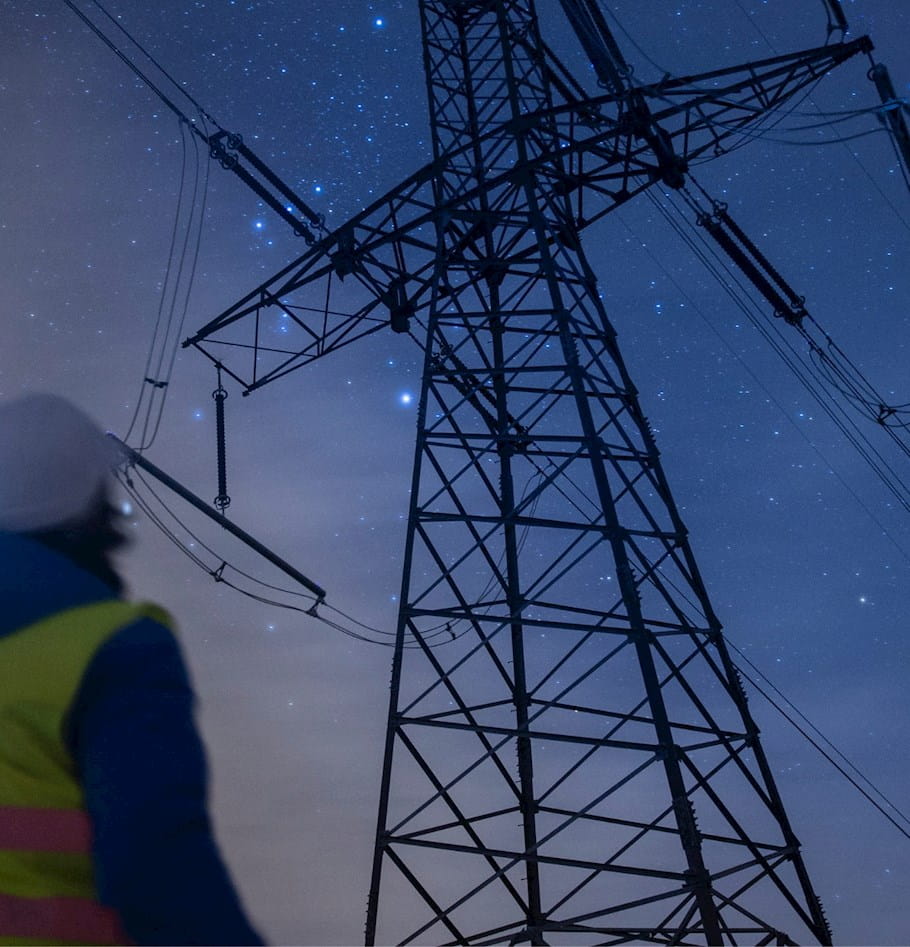Reliability, resiliency, and sustainability demands provide utilities opportunity
Highly reliable and resilient energy infrastructure is the bedrock of our economy.
Once-in-a-generation choice
The availability of supply and certainty of delivery is more important now than ever, particularly for electricity and natural gas, as larger segments of our economy, including transportation, become electrified.
Natural gas is a dominant fuel in power generation due to its low cost and plentiful supplies. When used to generate electricity in natural gas combined-cycle facilities, generation can be ramped up quickly to meet loads as more intermittent and distributed renewable energy resources are added to the grid. The electric transmission and distribution infrastructure needs to remain equally reliable and resilient as it is transformed into a multidirectional power flow and two-way communications system to deliver electricity to customers. Given the age and state of our electric and gas industries, the United States has a once-in-a-generation opportunity to redefine how and where infrastructure investments are made, and how equipment and materials are procured.
Utilities have infrastructure investment needs that, if met with commercially available technologies that are sustainably sourced and strategically located, will lay the foundation for meeting customer demands in a reliable, resilient, and sustainable manner well into the twenty-first century. Given the opportunity presented, there is a very good chance that the life-cycle costs associated with meeting these demands can be lower than they might be otherwise if utilities wait too long to act or do not sustainably source or locate such assets. Investing in transmission and distribution systems, together with necessary information and operations technology as the grid is becoming more dynamic, can be done in a way that simultaneously improves reliability, resiliency, and sustainability. These investments will support the mobile, dynamic, and customer-centric twenty-first-century economy.
Utilities are confronting challenges today, the least of which is navigating the rapidly changing political and regulatory landscape. In some regions of the country, state policy-makers are demanding greater investment in cleaner and domestic energy supplies, greater customer choice, and less utility ownership of assets. The administration in Washington is signaling its intent to retreat back to greater reliance on fossil fuels.
Role of utilities challenged by new technology
The economic landscape is changing. Such changes include the commercialization and rapid deployment of renewable energy technologies located closer to loads with the expanded functionality of smart inverters to provide ancillary services and control. Additionally, demand-response resources can be called at a moment’s notice to clip peaks, thereby eliminating the need for peak power generation, or, in the case of gas, to heat and cool buildings. Add to this the fact that the economy is more dependent on electricity than ever and that customers are demanding greater choice and power when they need it where they need it (e.g., electric vehicle charging stations).
In many parts of the country, utilities that once owned the customer relationship are being challenged with third-party providers competing with utilities for the customer. In these areas, the customer relationship, which had historically been the domain of the local utility, is now splintering.
Unless utilities are able to maintain a direct and dynamic relationship with customers, siting and building new backbone infrastructure to maintain reliability and resiliency will be jeopardized. Utilities might be the key to delivering services—particularly reliability and resiliency—at a low cost, because without scale, the cost of delivery will increase for all customers.
Once bypassed, if a customer is provided electricity or gas from a nonutility provider, the exclusivity of the utility-customer relationship is severed. A whole new suite of products and services can be accessed by customers through the new service providers. Utilities are currently precluded from providing products or services other than electricity and gas. In many parts of the country, utilities are also precluded from owning generation or renewable energy or demand management resources, which nonutility providers can offer.
Utilities will be forced to decide which business they want to be in—retail energy services or provider of the infrastructure backbone—leaving it to others to serve retail loads.
DeCotis, Paul A. (January 2019). “Reliability, Resiliency, and Sustainability Demands Provide Utilities Opportunity.” Natural Gas & Electricity 35/06, ©2019 Wiley Periodicals, Inc., a Wiley company.



